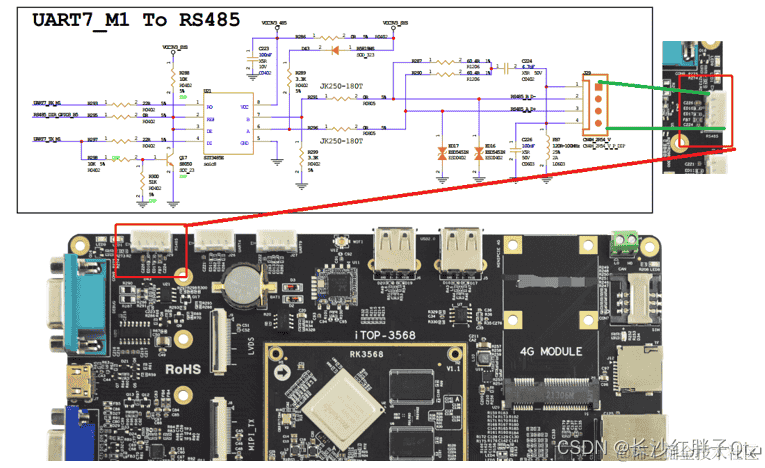返回
洞悉函数this绑定的奥妙,揭秘调用方法的决定性影响
前端
2024-01-06 13:21:46
函数this绑定的基本概念
每个函数的this值是在调用时被绑定的,完全取决于函数的调用位置(也就是函数的调用方法)。this值可以是全局对象、一个对象、一个类或者undefined。
函数this绑定的不同调用方法
函数this绑定的不同调用方法主要包括:
- 隐式绑定:当函数作为对象的方法被调用时,它的this值被隐式地绑定到该对象。
- 显式绑定:当函数使用call()、apply()或bind()方法被调用时,它的this值可以被显式地绑定到一个指定的对象。
- new绑定:当函数使用new被调用时,它的this值被绑定到一个新创建的对象。
- 箭头函数绑定:箭头函数的this值总是绑定到它所在作用域的this值。
函数this绑定的示例代码
为了更好地理解函数this绑定的概念,我们来看一些示例代码:
// 隐式绑定
const person = {
name: 'John Doe',
greet: function() {
console.log(`Hello, my name is ${this.name}.`);
}
};
person.greet(); // Hello, my name is John Doe.
在这个示例中,greet()方法被隐式地绑定到person对象,因此this值等于person对象。
// 显式绑定
const person = {
name: 'John Doe'
};
const greet = function() {
console.log(`Hello, my name is ${this.name}.`);
};
greet.call(person); // Hello, my name is John Doe.
在这个示例中,greet()方法使用call()方法被显式地绑定到person对象,因此this值等于person对象。
// new绑定
function Person(name) {
this.name = name;
}
const person = new Person('John Doe');
console.log(person.name); // John Doe
在这个示例中,Person()函数使用new关键字被调用,因此this值被绑定到一个新创建的Person对象。
// 箭头函数绑定
const person = {
name: 'John Doe',
greet: () => {
console.log(`Hello, my name is ${this.name}.`);
}
};
person.greet(); // Hello, my name is undefined.
在这个示例中,greet()方法是一个箭头函数,因此它的this值总是绑定到它所在作用域的this值,也就是person对象。但是,由于箭头函数没有自己的this值,因此this值等于undefined。
结论
函数this绑定是一个在JavaScript中经常被忽视的概念,但它对于理解JavaScript是如何工作的却至关重要。在本文中,我们探讨了函数this绑定是如何工作的,以及它在不同调用方法下的不同表现。我们还提供了一些示例代码来帮助您理解这些概念。希望本文对您有所帮助。




